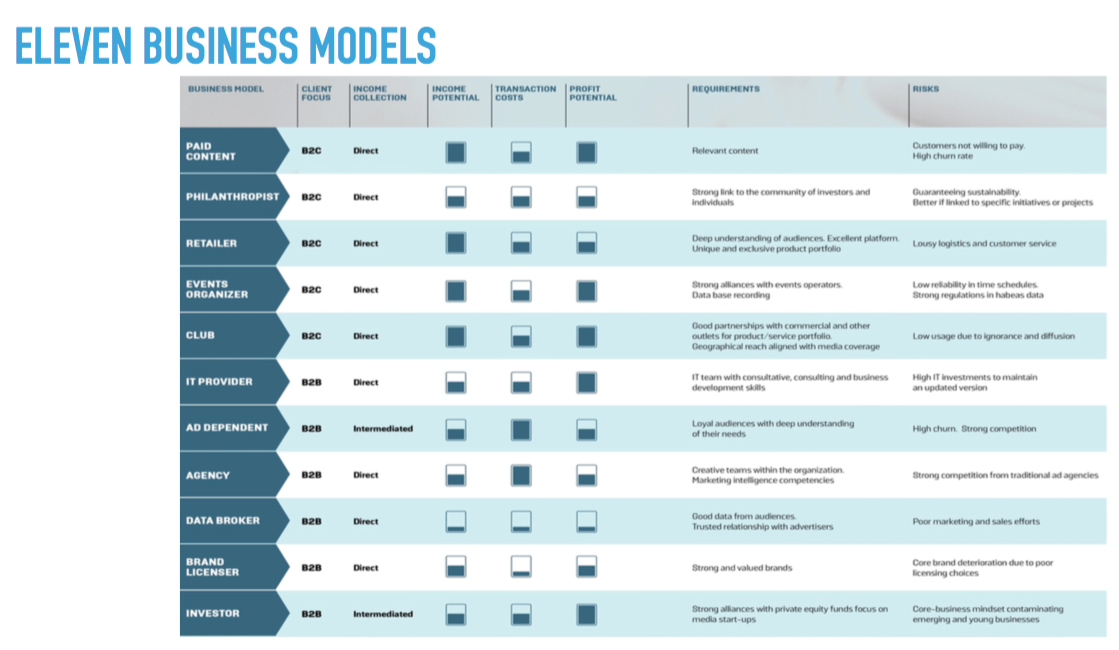 Does it feel like things moved way too fast during media’s digital disruption? Well hold on, because one industry expert believes change is only going to accelerate.
Does it feel like things moved way too fast during media’s digital disruption? Well hold on, because one industry expert believes change is only going to accelerate.
“The media landscape is changing rapidly and media owners need to be aware of, and actively work with, emerging trends to ensure their successful transformation,” said James Hewes, president and CEO of FIPP, at a recent FIPP Insider event.
“Hewes believes we can no longer look back at the rate of change but must anticipate what will happen next as the pace of change is rapidly accelerating, and this will continue exponentially over the next few years,” writes Bettina Moss in The Media Online, who covered the event.
“In the meantime, though, advertising revenue that was once the lifeblood for magazines, newspapers and linear television is no longer the primary revenue stream for many publications,” Moss continues. “Advertising gains made since 1950 have been wiped out over the last 10 years. So how can media owners diversify their revenue streams? The point is not to replace dependency on one revenue stream with dependency on another one, Hewes reckons.”
Instead, the multi-stream approach is gaining ground; Hewes advised media owners to consider using at least three or four of the models shown in the table below:

A strategically-diversified revenue model can help shield your business from more disruption like buyouts, technological advancements and changing customer relationships.
So the bad news, if you want to call it that, is that this whirlwind of disruption will continue and become the new norm. The good news – and it truly is good news – is that print is increasingly seen as a quality medium, “the ultimate touchpoint with luxury appeal that is consumed slowly and lingers in households,” Moss writes. “Advertisers and consumers are beginning to recognise this and are now starting at coming back to print.”
So bring on the emerging trends – artificial intelligence, new consumer technology, even a changing labor market. Instead of worrying about that, focus on building a team that thrives when innovation is called for.
“According to Hewes, this is the most important emerging trend to consider,” Moss writes. “Attracting and retaining the right talent is crucial to developing a corporate culture that can lead transformation in the industry. This transformation needs to be driven by management to keep business agile and open to innovation. Optimising training to develop new skill sets for transformation is essential.
“Diversity is key. New networks of talent, culture and leadership need to be built to take advantage of the changes in the industry and to lead transformation,” she concludes.

January 2, 2020, 9:48 am
January 7, 2020, 3:15 am
January 7, 2020, 4:12 am
January 16, 2020, 4:34 pm